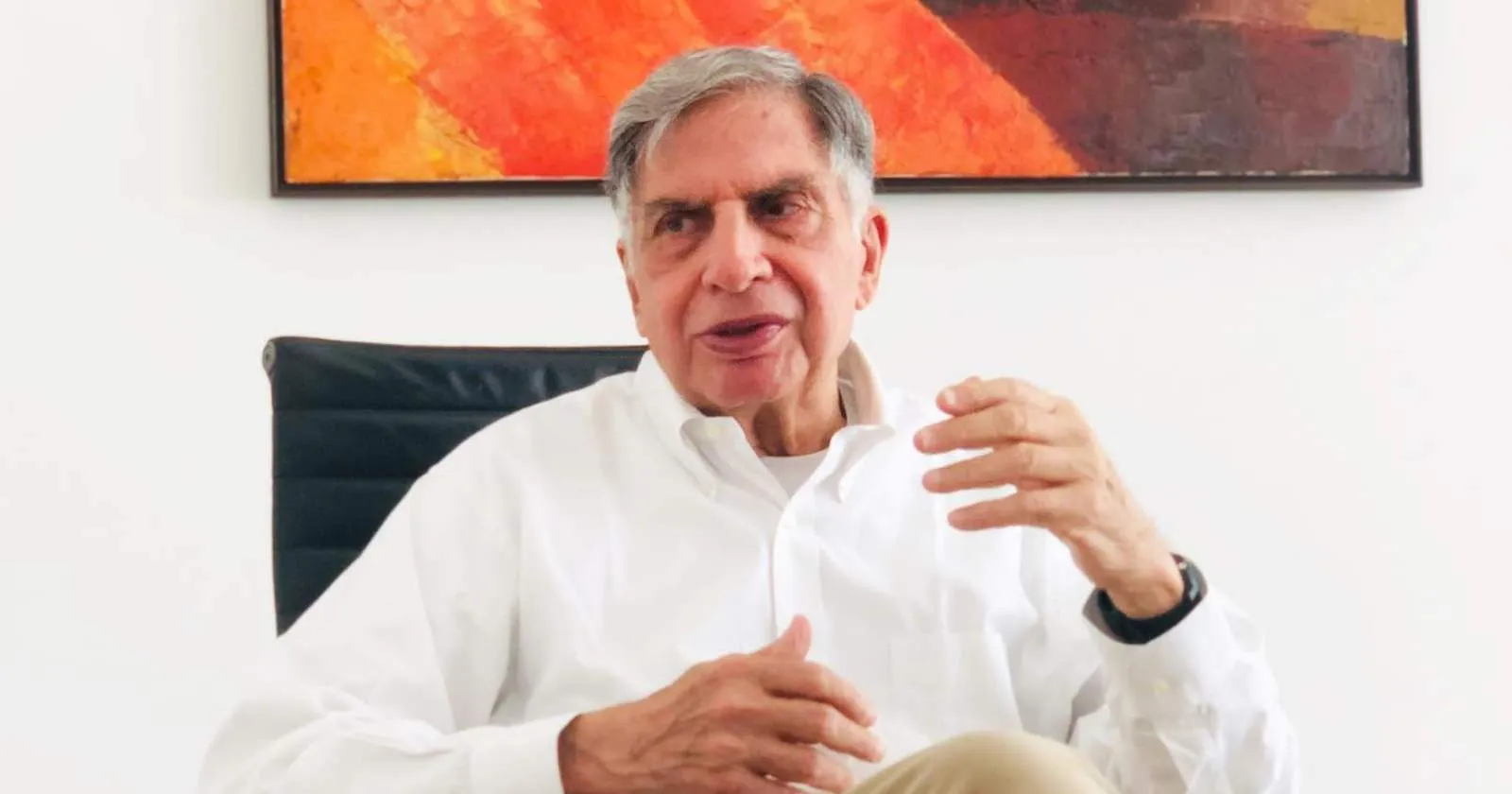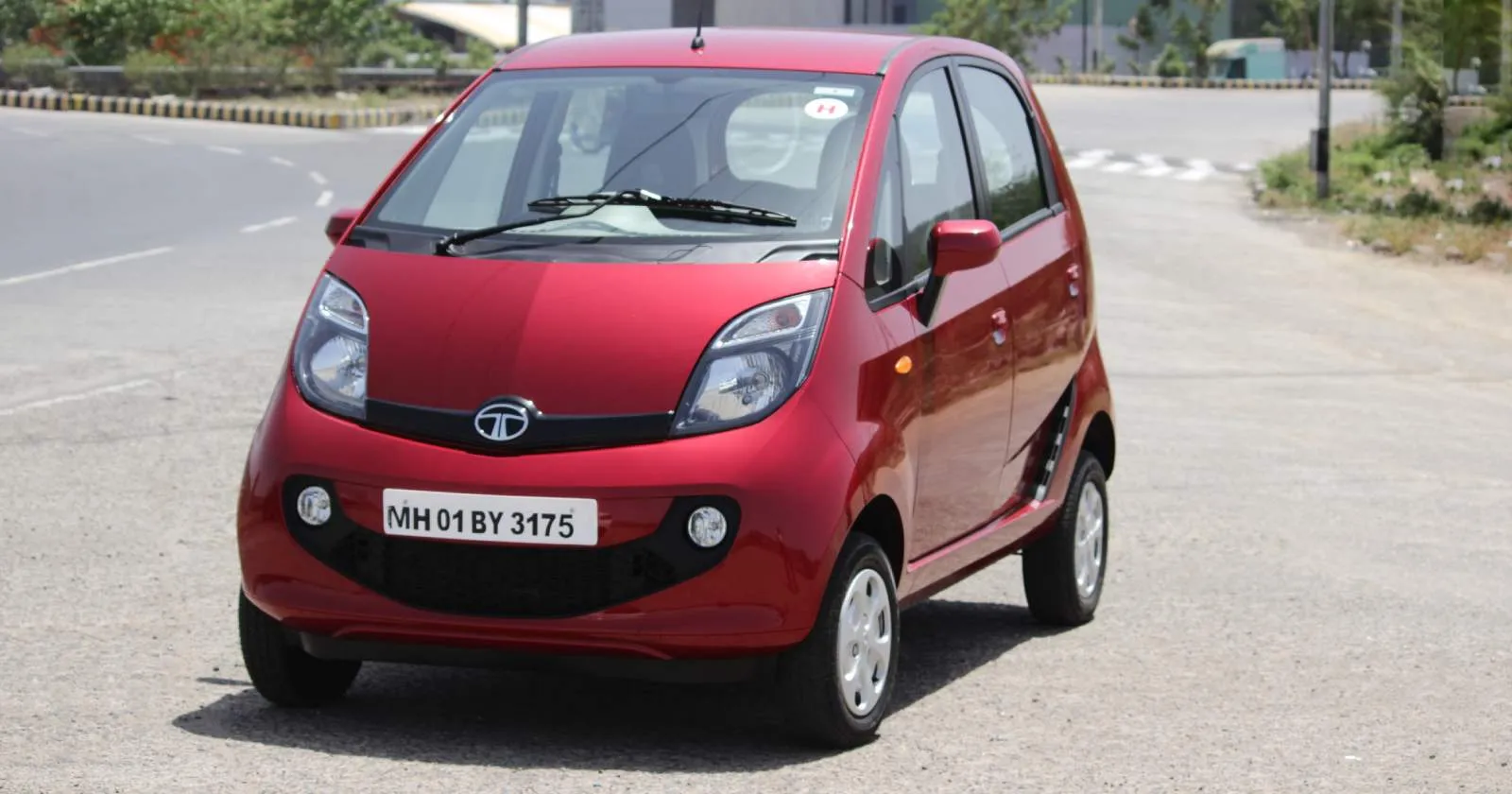
Over a decades-long career filled with notable achievements, Ratan Tata's leadership truly transformed Tata Motors. (Image credit: Instagram/ @ratantata)
Share Post

Over a decades-long career filled with notable achievements, Ratan Tata's leadership truly transformed Tata Motors. (Image credit: Instagram/ @ratantata)
One year ago today, India lost one of its true visionaries. Ratan Tata, the renowned industrial leader, was a significant player in independent India’s growth story. Known publicly and amongst peers as a symbol of ethics and integrity, the Padma Vibhushan awardee joined his family firm in 1962 and spent six months as a trainee at Tata Engineering and Locomotive Company (now Tata Motors). From such a humble beginning, he is widely credited with turning the company into a global powerhouse across industries as diverse as steel and software. Beyond his official duties, he was also a well-known startup investor and one of India’s most prominent philanthropists, with a particular love for education and animal welfare.
At the time of his death last year, aged 86, Tata served as Chairman Emeritus of Tata Sons, Tata Industries, Tata Motors, Tata Steel and Tata Chemicals. He has been the Chairman of Tata Steel, Tata Motors, Tata Consultancy Services, Tata Power, Tata Global Beverages, Tata Chemicals, Taj Group and Tata Teleservices.
In his role as Chairman of Tata Motors, Ratan Tata made the decision not to sell its passenger vehicle operations to Ford in 1999, instead steering the company towards its present dominant position in the Indian automobile market.
On the first anniversary of his death, we take a look back at his tenure as the leader of one of India’s most storied conglomerates. Here are five highlights of his impact on Tata Motors:
India’s first fully indigenous car, the Tata Indica was a significant achievement, quickly rocketing up the sales charts thanks to its modern design, upmarket features, and surprising affordability. Over 14.5 lakh units were sold between the time of the original incarnation’s launch in 1998 and the eventual discontinuation of the next-gen Indica Vista in 2018. It was even exported and sold in some European markets, helping the Tata Group gain visibility and respect worldwide.

Tata Motors set off a global sensation with the launch of the super-compact and super-affordable Tata Nano. Aimed at extremely price-sensitive buyers in India, the company hoped it would serve developing markets around the world. Its primary aim was to improve safety, especially for people who had no choice but to cram their entire families onto a bike or scooter. While nowhere near the success the company hoped it would be, it did gain recognition and redefined expectations in one of the world’s most cost-sensitive yet fastest-growing passenger vehicle markets.
Tata Motors’ ambitions really got the world’s attention with the audacious purchases of two very different powerhouses. The acquisition of Daewoo Commercial Vehicles gave the company a major boost in the heavy commercial vehicle segment, especially in export markets. The takeover of JLR, previously owned by Ford, also pushed the company into the luxury and rugged vehicle segments, and gave it access to new markets as well as engineering talent. Most recently, Tata Motors acquired Italian commercial giant Iveco just a few months ago, building on the strengths established during Ratan Tata’s tenure.
However even before this, Tata Motors’ global ambitions got a massive boost in 1994 when it brought Mercedes-Benz to India. Long before many global players entered the market here, a true luxury car, the E-Class, was assembled in India for the first time thanks to the joint venture established between these two giants.
In addition to neighbouring Nepal, Bhutan and Sri Lanka, Tata Motors greatly expanded its presence in multiple global markets including the UK, Africa, the Middle East, Europe, and Latin America with both passenger and commercial vehicles, during Ratan Tata’s tenure. This has boosted not only the company’s image, but that of India as a whole on the world stage.
As one of the first manufacturers to take occupant safety seriously, Tata Motors has gained a reputation for exceeding Indian and global norms. It was one of the first companies to embrace crash testing, and in 2018, the Tata Nexon became the first car from an Indian manufacturer to receive a 5-star NCAP rating. This has become one of the hallmarks of the company’s advertising strategy.
Along with that, Tata Motors has one of the widest portfolios of mainstream electric cars in India, part of its concerted push to popularise EVs and sustainable mobility. It has invested in modern platforms, with commitments to R&D over a decade ago paying off now. Ratan Tata himself invested in Ampere, then an emerging EV startup, now under Greaves Electric Mobility. He himself also founded EV powertrain supplier startup Electra EV. While competitors are now catching up, Tata Motors had a nearly 70 percent EV market share last year.
India-Made Baleno Receives 1-Star Latin NCAP Rating, Six-Airbag Model Gets 2 Stars
Acko Drive Team 19 Dec, 2025, 10:22 AM IST
JSW-MG Motor India to Hike Car Prices by Up to 2%
Acko Drive Team 19 Dec, 2025, 8:41 AM IST
Tata Motors Opposes CAFE Exemptions for Small Petrol Cars, Warns of Safety and Sustainability Risks
Acko Drive Team 19 Dec, 2025, 8:30 AM IST
Genesys Rolls Out India's First HD ADAS Maps for National Highways
Acko Drive Team 18 Dec, 2025, 10:54 AM IST
Maruti Suzuki WagonR Crosses 35 Lakh Production Mark
Acko Drive Team 18 Dec, 2025, 10:11 AM IST
Looking for a new car?
We promise the best car deals and earliest delivery!
